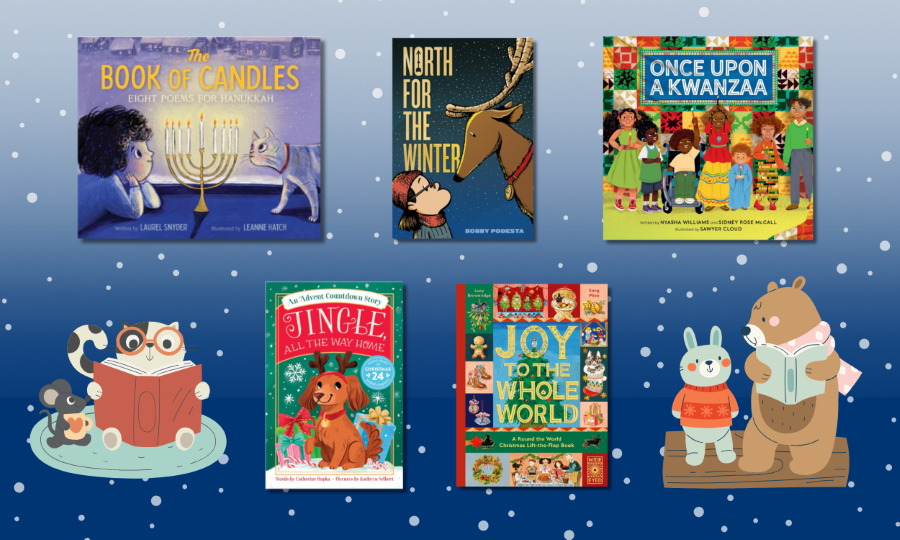What is Interactive Writing?
During interactive writing the teacher and students, in a whole class or small groups, compose pieces of writing together for a variety of authentic purposes. The teacher occasionally invites a student to contribute a word, letter, or part of a word to the writing for the purpose of making a teaching point. The teacher is careful not to teach too much so that the writing moves along at a good pace.

Why Interactive Writing?
Interactive writing provides young students with opportunities to learn about early literacy concepts, allows teachers to highlight phonics principles within the process of authentic writing, and is highly engaging. Children are involved in establishing a meaningful purpose for the writing, composing the message, and constructing the writing. Rereading interactive writing pieces helps children see the reciprocity between reading and writing.
1. Have Your Materials at the Ready
Have your materials within reach during an interactive writing lesson to keep the focus on the teaching and learning (See Figure 1). Some easels have an attached storage shelf or bin. You may find that a removable bin or supply caddy filled with materials specifically for interactive writing is helpful. Then you can grab the caddy and go to wherever interactive writing opportunities take you and your class!
2. Consider Your Space
It is important for all students to see the writing clearly. So, give some thought to where to place the easel and how large to write on the paper. If your name and alphabet linking charts are not moveable, it will be necessary to hold interactive writing lessons where students can see them well. Also, be sure the charts are within reach of your pointer so you can reference them quickly and easily. The good news is, once you have set up a cozy and conducive interactive writing space, it can double as an interactive reading and shared reading area.
3. Jot it Down and Make a Plan
During an interactive writing lesson, you need to make some quick decisions about when to invite children to the easel. Once your conversation comes to a conclusion about what to write, jot down the message and make a quick plan for where you might share the pen or do the writing yourself. As you consider each sentence you will write together, identify a few specific opportunities for the children to develop their word analysis skills but remain tentative so you can respond to what the children know. You might take into account:
- What words do they all know how to write so I should quickly write them?
- What words will be good examples for the children to say slowly and listen for the individual sounds?
- Which words provide opportunities for listening and identifying clusters or word parts such as consonant blends or patterns such as -and?
- What words have more than one syllable and the children can clap them to listen for the parts?
- What words are too challenging at this point in time so I should just write them?
This brief moment of planning will make for an intentional and efficient lesson.
4. Be Flexible
While taking a moment to plan can keep your lesson focused and moving at a good pace, you don’t want it to restrict your ability to be responsive. Use it as a way to consolidate your thinking but remain tentative. If students find another way to state their thinking, follow their lead. If you look back and feel that a decision you made did not lead to the most effective outcome, use that reflection to guide your thinking next time. The best part about interactive writing, is that you will do it again soon!







